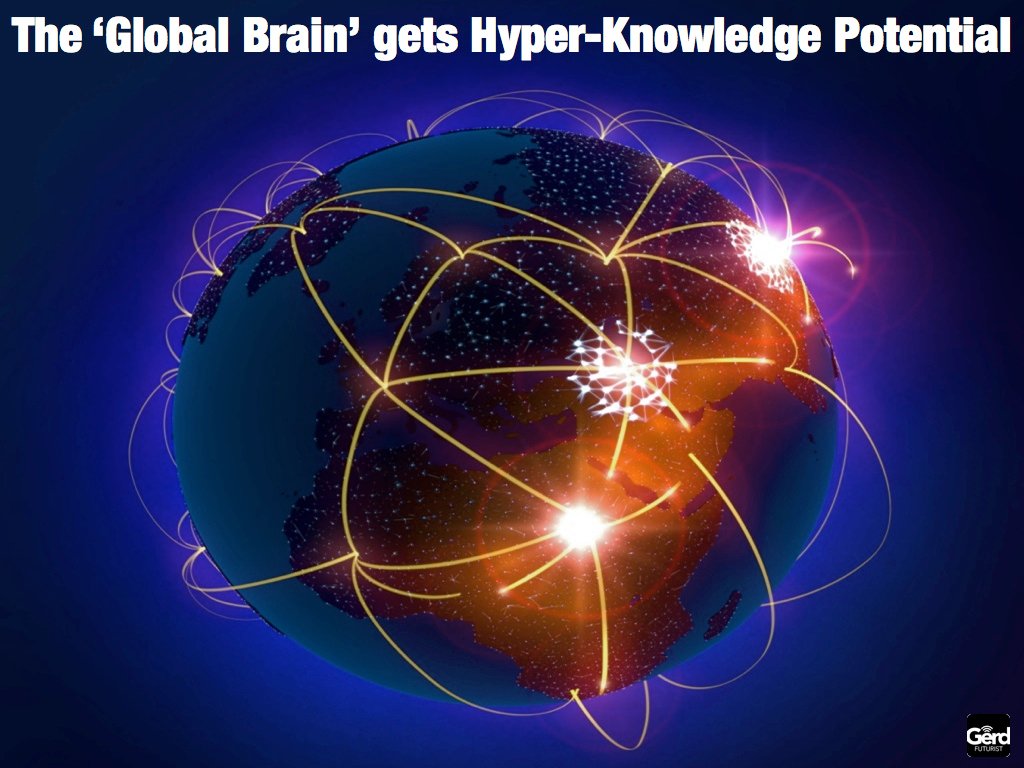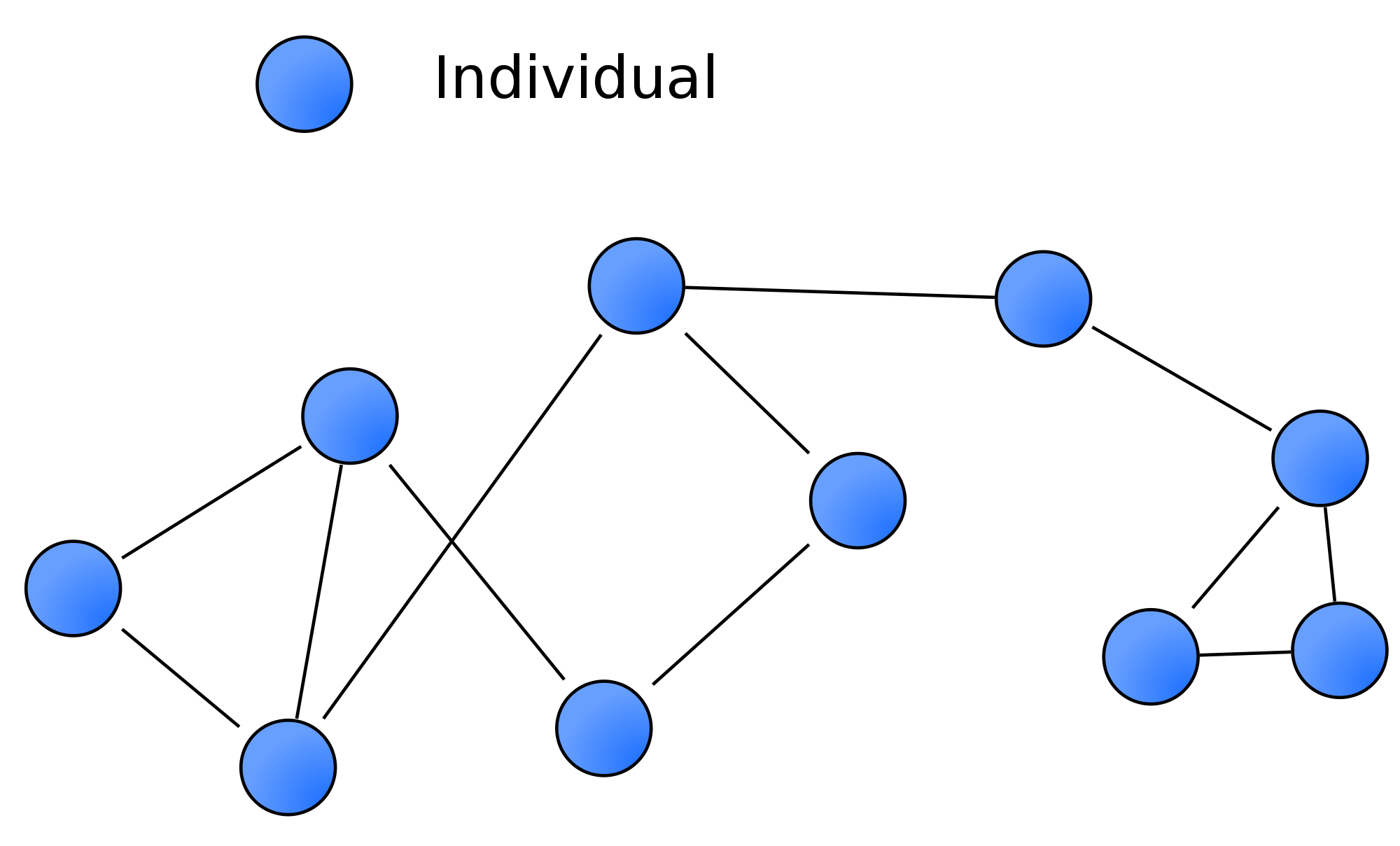
Human-based computation games
Human-based computation games are a very intriguing yet under discussed concept. I'm introducing this concept in order to encourage discussion of how these techniques can be integrated into Steem or Steemit. In previous posts I mentioned alternate reality games and human computation but in order to fully grasp the potential of those concepts I've decided it might be helpful to first elaborate on the concept of the human-based computation game.

The purpose of human computation in the general sense is to solve the problems which are too hard for AI. This human computation combines with AI in a social computer. A human-based computation game works by making it fun for the human beings to contribute their computation to the social computer. There are many possible examples of this and some from Wikipedia are in the quotes below:
Phrase detectives
Phrase Detectives is an "annotation game" geared towards lovers of literature, grammar and language. It lets users indicate relationships between words and phrases to create a resource that is rich in linguistic information. Players are awarded with points for their contributions and are featured on a leader board.[25] It was developed by academics Jon Chamberlain, Massimo Poesio and Udo Kruschwitz at the University of Essex.
The ESP game
The first example was the ESP game, an effort in human computation originally conceived by Luis von Ahn of Carnegie Mellon University, which labels images. To make it an entertaining effort for humans, two players attempt to assign the same labels to an image. The game records the results of matches as image labels and the players enjoy the encounter because of the competitive and timed nature of it. To ensure that people do their best to accurately label the images, the game requires two people (chosen at random and unknown to each other), who have only the image in common, to choose the same word as an image label. This discourages vandalism because it would be self-defeating as a strategy. The ESP game is a human-based computation game developed to address the problem of creating difficult metadata. The idea behind the game is to use the computational power of humans to perform a task that computers cannot (originally, image recognition) by packaging the task as a game. It was originally conceived by Luis von Ahn of Carnegie Mellon University. Google bought a licence to create its own version of the game (Google Image Labeler) in 2006 in order to return better search results for its online images.[19] The license of the data acquired by Ahn's ESP Game, or the Google version, is not clear.[clarification needed] Google's version was shut down on 16 September 2011 as part of the Google Labs closure in September 2011.
What is social computing?
Social computers utilize human computation and human interaction to compute. For example auctions will compute the price for rare pieces of art, but it's also similar to the mechanism behind Subjective Proof of Work which requires human computation to determine the current value of a piece of content to the active participants in the crowd. This is typically called collaborative filtering and is a collaborative form of human computation.
Steemit could be classified as a kind of social computer because it curates all content. It's a content generating and curating social computer. But there is potential to go far beyond this and build a general purpose social computer using the same Graphene blockchain with a virtual machine extension and something like Crowdlang.
What is a Crowdlang?
Crowdlang is a language to allow for a more formal method of creating social computers. In specific, the crowd lang is a way of using incentive design patterns to direct the crowd to complete specific tasks. This is how you can program the "global brain" in the context of a social computer. People may want money, fame, or and fun, while an AI doesn't require these incentives. It is important for activities involving humans to reward the humans and remain fun in order to maintain high and long term engagement.
Several decentralized social computers are in development
There is a project called Ceptr which may in fact be a social computer. There is a project called Synereo which also may be a social computer. And of course there is Steem which we all know about. Steem beat these other projects to the punch of these other projects are much more ambitious in terms of their ability to do social computing. This ambition is why we may not see Synereo or Ceptr until 2017 but when we do, these projects could be the Facebook killers and likely will have a huge impact on the cryptospace.
It will be trivial to do something lik Crowdlang on top of Synereo or Ceptr if they actually follow through on their promises. Steem will be able to do it too but it may not be as trivial to do it. Fortunately Steem has first mover advantage in the fact that it will very likely have millions of users next year when other competitors come online.
References
Web 1. http://ceptr.org/
Web 2. https://www.synereo.com/
Web 3. https://en.wikipedia.org/wiki/Human-based_computation_game
Web 4. http://www.ifi.uzh.ch/en/ddis/research/CrowdLang.html
Kucherbaev, P., Daniel, F., Tranquillini, S., & Marchese, M. (2016). Crowdsourcing processes: a survey of approaches and opportunities. IEEE Internet Computing, 20(2), 50-56.
Luczak-Roesch, M., Tinati, R., Aljaloud, S., Hall, W., & Shadbolt, N. (2016, June). A Universal Socio-Technical Computing Machine. In International Conference on Web Engineering (pp. 559-562). Springer International Publishing.




